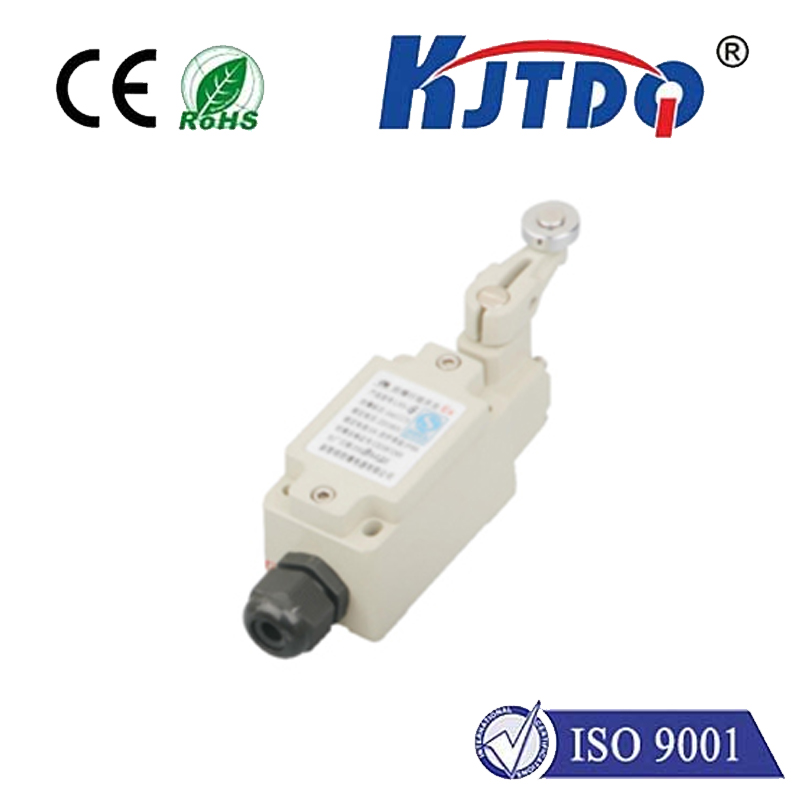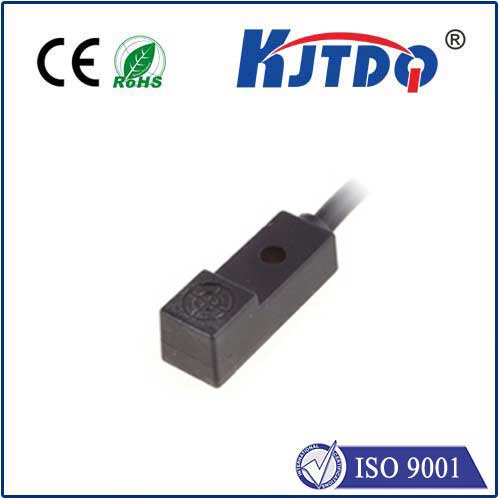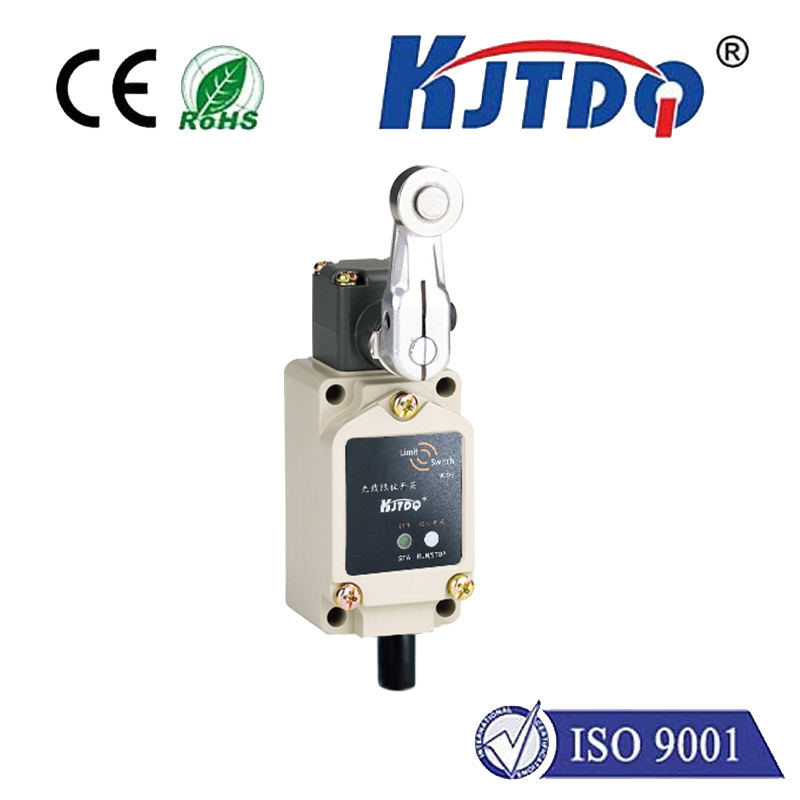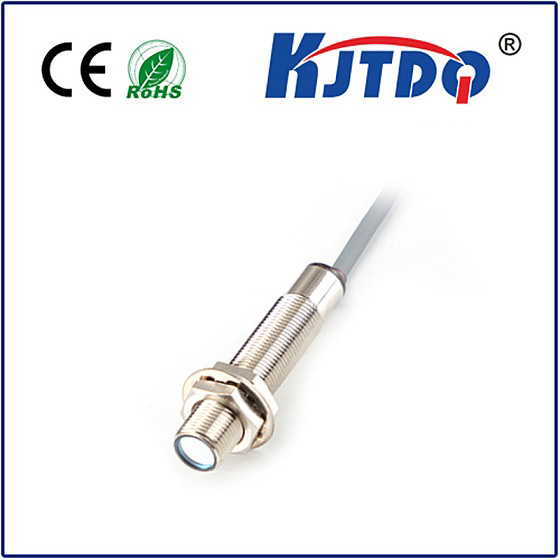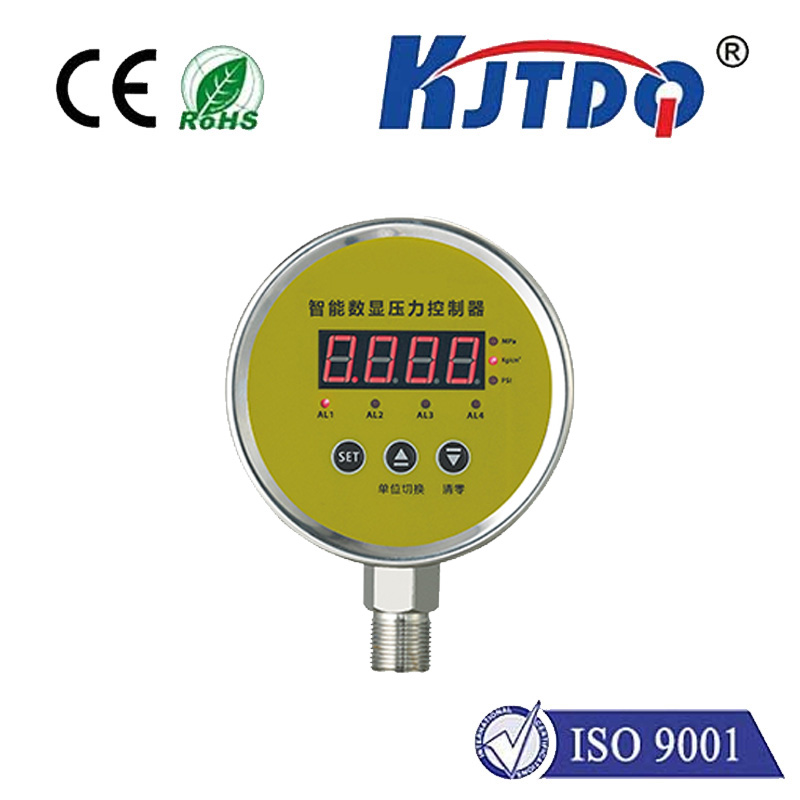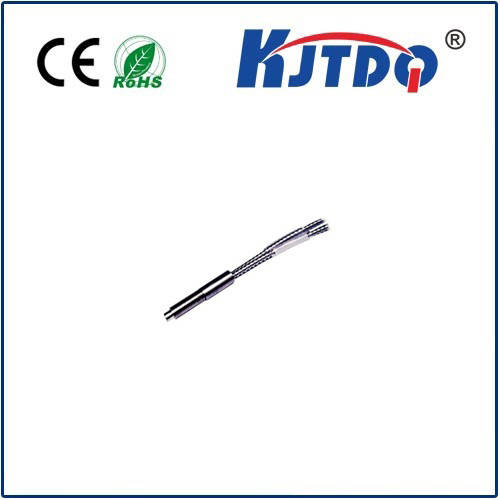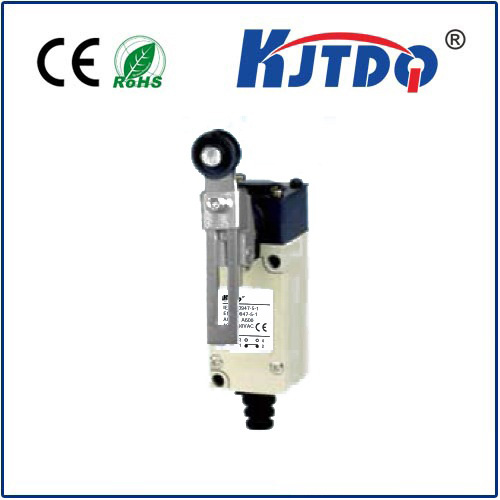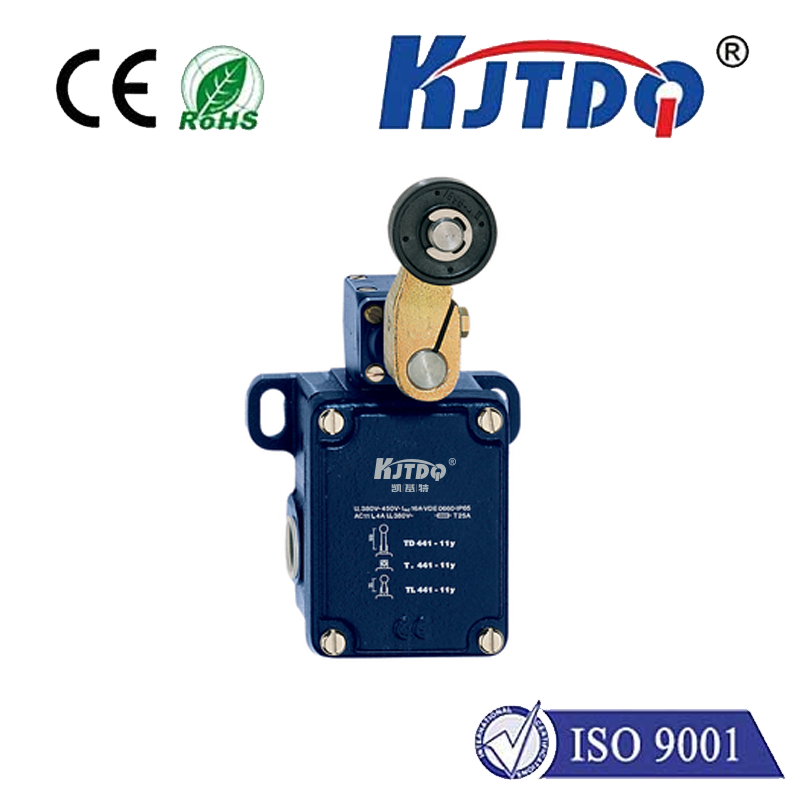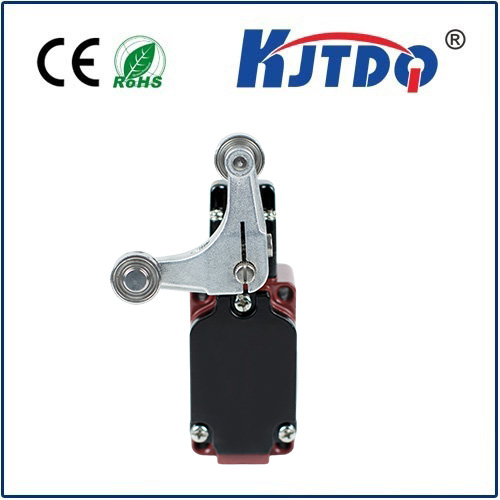
check

check

check

check
Conveyor belts are a crucial component in many industries, from manufacturing and packaging to transportation and logistics. They provide an efficient way to move products and materials from one location to another. However, without proper safety measures, these systems can be dangerous. One essential safety feature that should never be overlooked is the conveyor belt limit switch.
A conveyor belt limit switch is a device that detects when the conveyor belt has reached its maximum capacity or minimum level. When the switch is triggered, it signals the conveyor belt to stop moving, preventing overload and potential accidents. It also ensures that the system does not continue to operate without any material on the belt, which can lead to damage and unnecessary wear and tear.

The installation of a conveyor belt limit switch is relatively simple and cost-effective. It typically involves attaching sensors or switches at strategic points along the length of the conveyor belt. These sensors can be programmed to detect various conditions, such as weight, pressure, or distance traveled by the belt. Once the desired condition is met, the switch sends a signal to halt the operation of the conveyor belt.
In addition to improving safety, a conveyor belt limit switch also enhances efficiency and productivity. By ensuring that the conveyor belt only operates when necessary, it reduces energy consumption and prevents unnecessary downtime. This, in turn, leads to increased throughput and reduced operating costs.
Moreover, implementing a conveyor belt limit switch can help meet regulatory requirements for workplace safety. Many industries have strict safety standards that must be adhered to, and failure to do so can result in hefty fines or even legal action. By incorporating this simple yet effective safety measure, companies can demonstrate their commitment to employee well-being and compliance with industry standards.
In conclusion, the conveyor belt limit switch plays a vital role in maintaining safe and efficient operations within various industries. It helps prevent accidents caused by overloaded or under-filled conveyors while also reducing energy consumption and increasing productivity. As such, businesses should consider installing this essential safety feature as part of their overall risk management strategy.
